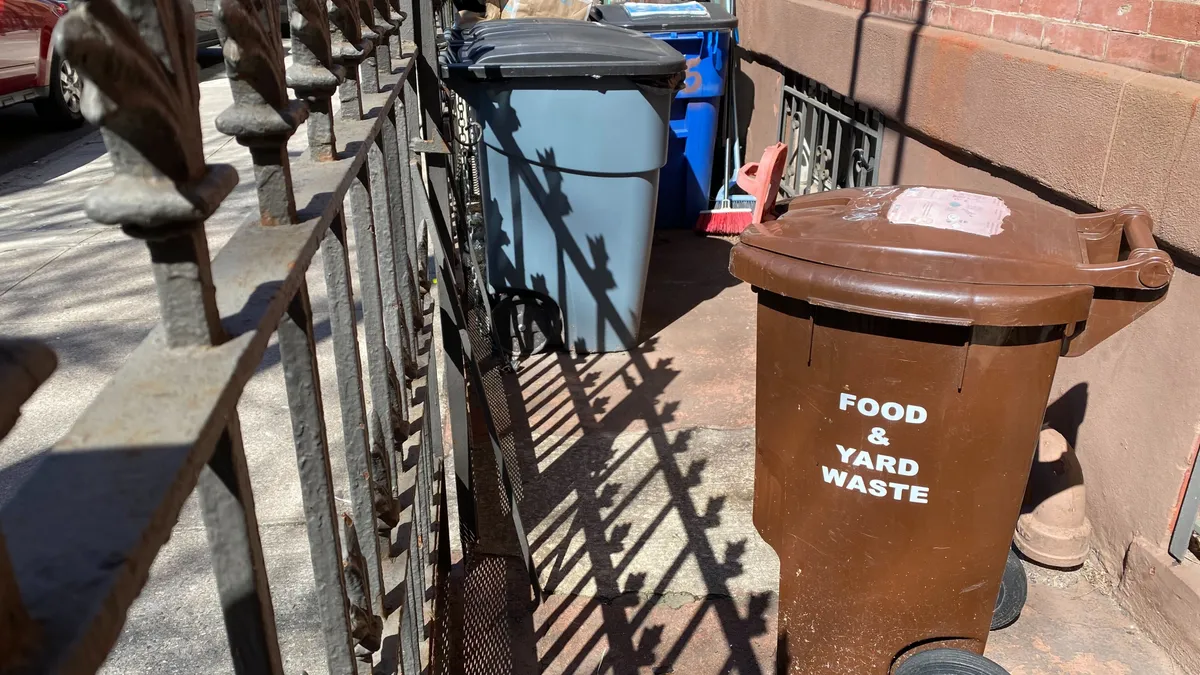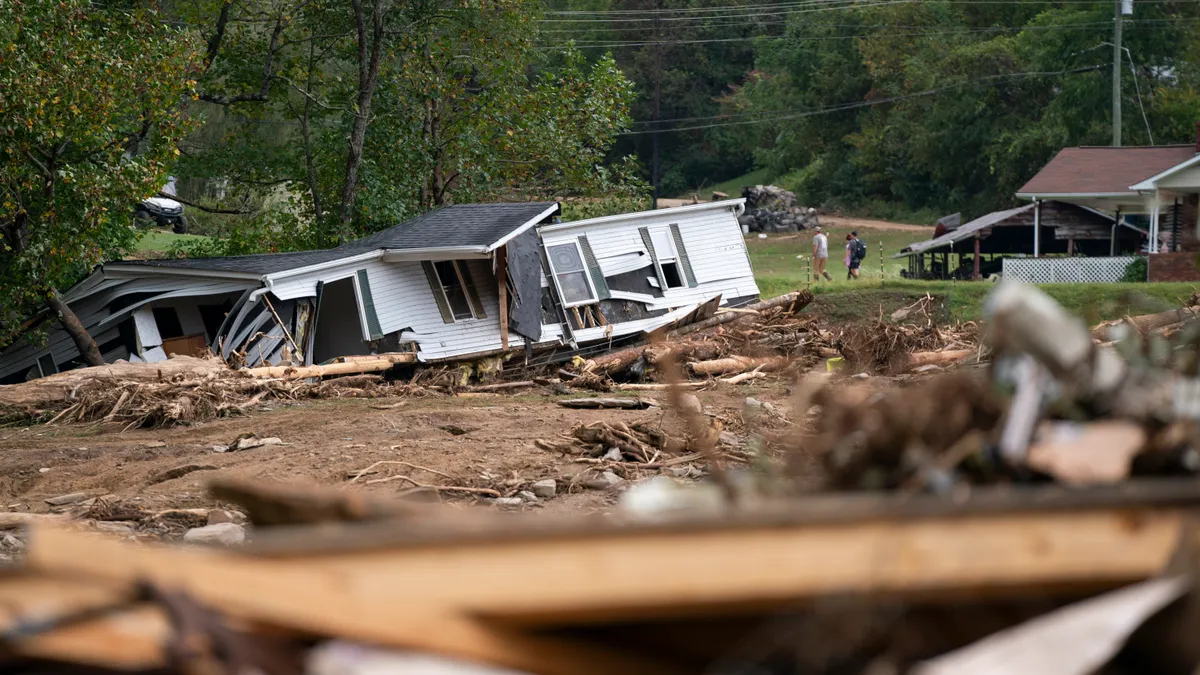The nation’s capital has had a zero waste goal in place for nearly a decade but is just now formalizing its long-anticipated zero waste plan.
D.C. Department of Public Works leaders are optimistic about the community embracing future programs or regulations spurred by the plan, while local environmental advocates have concerns about the pace of progress and want to see the city pivot harder to reuse systems.
D.C. laid out a target to divert 80% of solid waste from landfills and waste-to-energy facilities by 2032 in a 2013 sustainability plan. It completed a waste characterization study in 2021 and expects to finalize a zero waste plan in 2023. Separately, D.C. passed an updated zero waste law last year aimed at phasing out certain single-use items and ramping up recycling and organics collection, although insufficient funding slowed implementation.
D.C.’s timing with the plan could line up optimally for it to “leapfrog” ahead of other cities that have shown success over the years “but maybe have reached sort of a plateau,” said Blake Adams, manager of DPW’s Office of Waste Diversion. In particular, proposed policies and investments could make a big difference with food waste diversion. Pending sufficient composting infrastructure, “the public willingness is there, and I think you could see a huge uptick in our diversion rate within a five- to 10-year period,” Adams said.
A revised draft framework to guide D.C.’s plan came out in November and is open for public comment through the end of the calendar year. That framework currently includes policy recommendations, some with target dates, that will likely need to be codified through law or regulation, Adams said.
Items in the proposed framework include restrictions that support the total elimination of single-use plastics consumption by 2034, the requirement that waste collectors or processors operating on behalf of the District report material statistics, expanded extended producer responsibility programs for hard-to-recycle materials, and much more.
“We kind of look at it internally as a D.C. government list of things to do,” Adams said, with the idea that “if we complete these things — if we introduce this policy, along with this program, incite this infrastructure — we'll get this result and, obviously, what we're trying to do is achieve zero waste.”
Asked whether that 2032 target for zero waste is still achievable, Adams said “we are revisiting that date,” noting that many of the goals within the original Sustainable DC Plan were aligned with 2032. “I think zero waste will take a long time to achieve,” Adams said, and with the help of a technical consultant, DPW is “just evaluating whether that date makes sense still.”
The citywide waste diversion rate was estimated to be 16.11% for 2018, with the residential waste diversion rate at 25.24%. But diversion isn’t the only priority for local zero waste advocates, explained Susan Schorr, chair of the zero waste committee for the Sierra Club’s D.C. chapter, which shared feedback on the plan’s development.
“It's taken so long to launch the Zero Waste DC plan process that the world is moving on to embrace another goal, which is waste prevention,” Schorr said. While the framework does propose requiring restaurants to provide reusable foodware, Schorr said there needs to be more attention to citywide infrastructure like wash facilities and return kiosks to support such systems.
Adams said that the District has learned from other cities in the U.S. and globally during this zero waste planning process, but it faces a variety of unique challenges in finding systems that work. D.C. has a transient population, which requires re-education of residents, Adams said. And, especially prior to the pandemic, the number of people that waste infrastructure needs to support can vary greatly given changing volumes of tourists and commuters.
With an estimated 70% of MSW coming from nonresidential sources, according to the waste characterization study, “that presents a really big challenge for us as a city to educate and inform those tourists and visitors.” Education and outreach are a “really critical piece to this puzzle. And that's going to be, probably, a continued challenge for us long term,” Adams said.
The framework also calls for studying and piloting a pay-as-you-throw collection system, with exceptions for low-income households. Such a model comes with challenges, given that the District does not currently have a trash fee, and adding costs linked to collection could disproportionately burden residents in some parts of the city. “If we tried to impose a fee based [on use of] solid waste services, there may be an equity issue in terms of income,” said DPW Director Michael Carter.
Carter highlighted other initiatives outside of the zero waste planning process that could support overall zero waste goals. These include stronger enforcement of multifamily housing’s participation in waste diversion and the renovation of a city transfer station property into a “zero waste campus.” In addition, DPW plans to run a 12-month, opt-in food scraps collection pilot next year for 12,000 single-family households. The pilot is intended to help determine the viability of scaling curbside compost across some 105,000 households citywide. A vendor for that program has not yet been selected.
Sierra Club D.C. would like to see more assurances of real action. “We have a healthy skepticism about whether the goals included in the draft zero waste framework will ever be implemented,” Schorr said. While the framework includes many measures that the environmental community has pushed for, “the risk is that we're going to wind up with a report that just sits on on the shelf.”





















